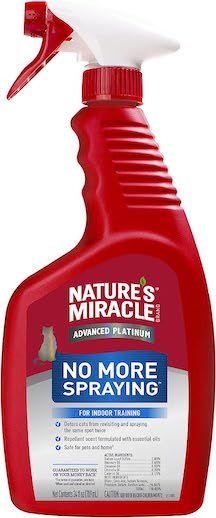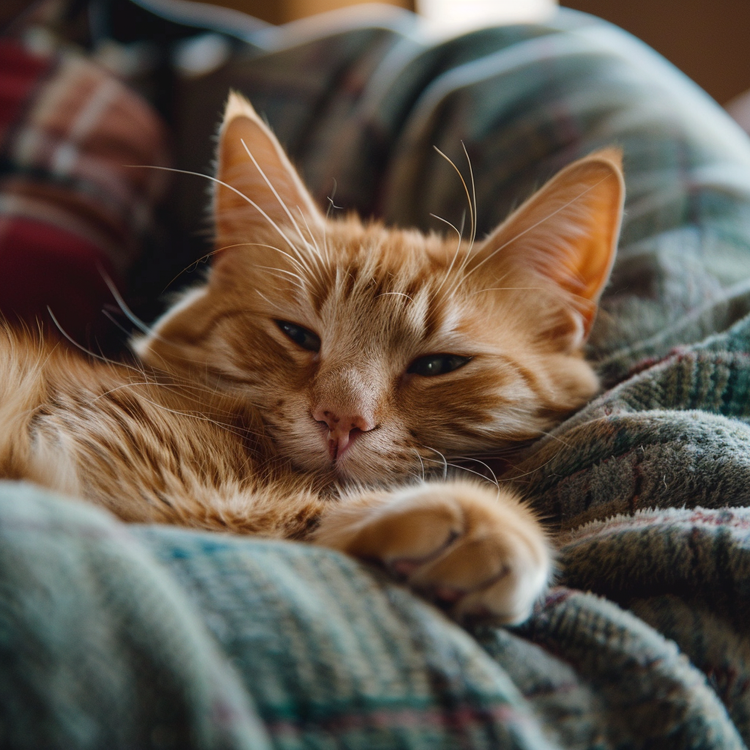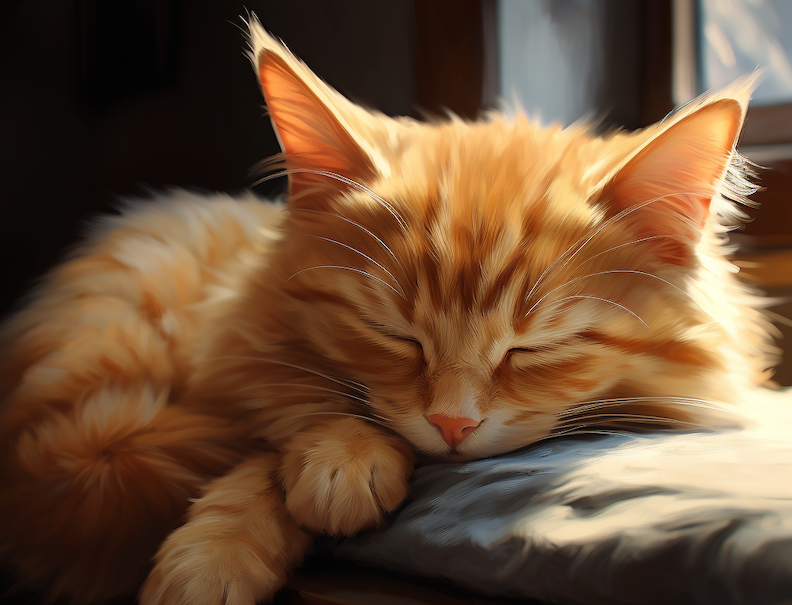Understanding Feline Behavior: The Complete Guide to Cats and Scent Marking
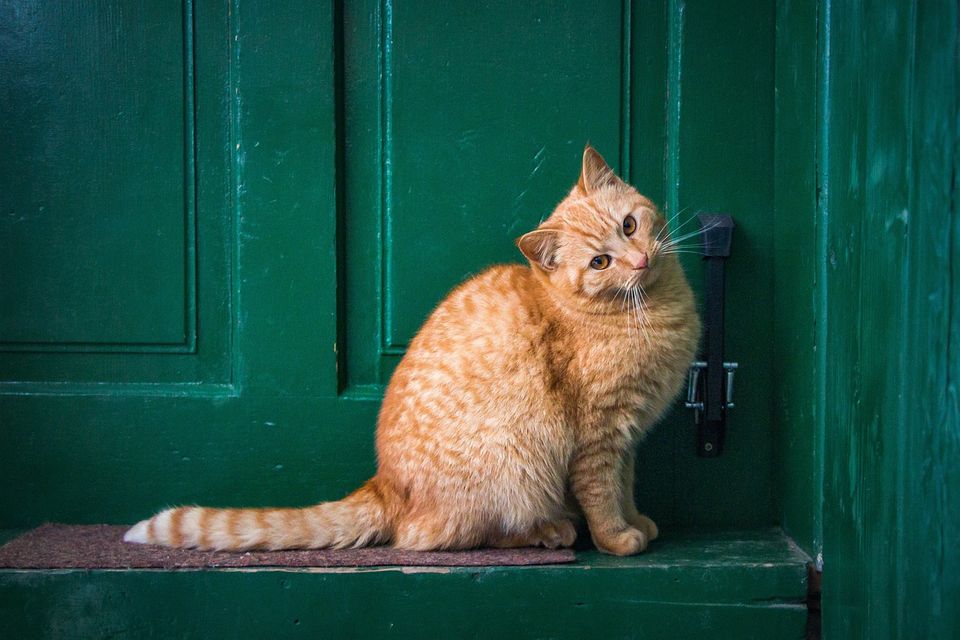
- What is Scent Marking
- Types of Scent Marking
- Why do Cats Scent Mark
- Difference Between Scent Marking and Inappropriate Elimination
- How to Prevent and Control Scent Marking
- Common Myths About Cat Scent Marking
- The Evolutionary Significance of Scent Marking in Cats
- Product Suggestions for Cat Spraying
- Product Suggestions for Cat Scratching
- Final Thoughts
- FAQs About Cat Scent Marking
You've probably been there—you walk into a room, and there it is. That all-too-familiar scent that instantly tells you, "Fluffy was here." Cats are mysterious creatures, and one of their most intriguing behaviors is scent marking. Ever wondered why your feline friend feels the need to mark every corner of the room? Let's dig into the nitty-gritty of cat scent marking, why it happens, and how you can manage it effectively. Trust me, it’s not just your cat being “extra.” There's a whole world of biology and psychology behind this!
What is Scent Marking?
Scent marking isn't some arbitrary act your cat does to annoy you; it's a form of communication. Through a series of glands located in various parts of their body, cats secrete pheromones that speak volumes. Think of it like posting a Facebook status update, but for cats. This behavior has deep roots in both biological and psychological factors that drive your feline friend.
Types of Scent Marking
Cats have a fascinating repertoire of ways to leave their "signature" around their territory, and each method comes with its own unique message and physiological backing. Let’s look at the main types of scent marking in greater detail:
Spraying:
Not Just Nature's Call, But a Cat's Status Update
When we discuss feline spraying, what we mean is the specific act where a cat stands upright, tail usually twitching or vibrating, as it ejects a mist of urine against a vertical object. This is different from the usual squatting stance cats take for regular urination. The aroma of spray marking is significantly more potent and is frequently used to delineate a cat's territorial limits. While both genders partake in spraying, intact males are notably more inclined to engage in this behavior.
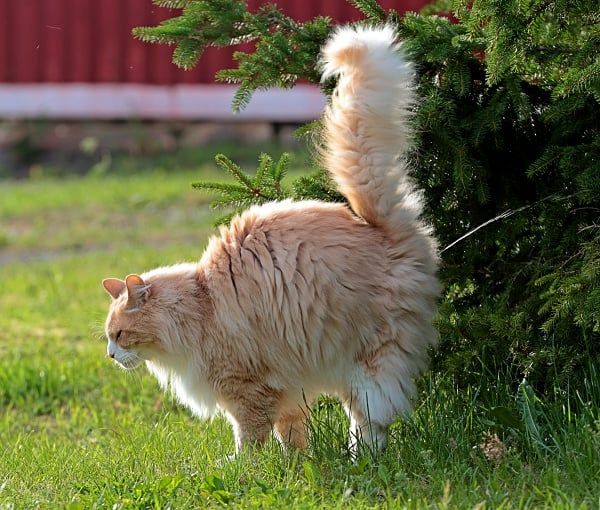
Science Behind Spraying:
Cats have specialized glands in their bladder that produce certain proteins and pheromones mixed with urine. When they spray, this cocktail of chemicals is what goes onto the surfaces, acting as a very effective and long-lasting message board.
Rubbing:
Headbutts aren’t just a sign of affection.
Rubbing might seem like a mere sign of affection, and while it often is, it's also a way for cats to mark their territory. Cats have scent glands in their cheeks and around their head. When they rub against you or furniture, they are transferring these pheromones onto the surface.
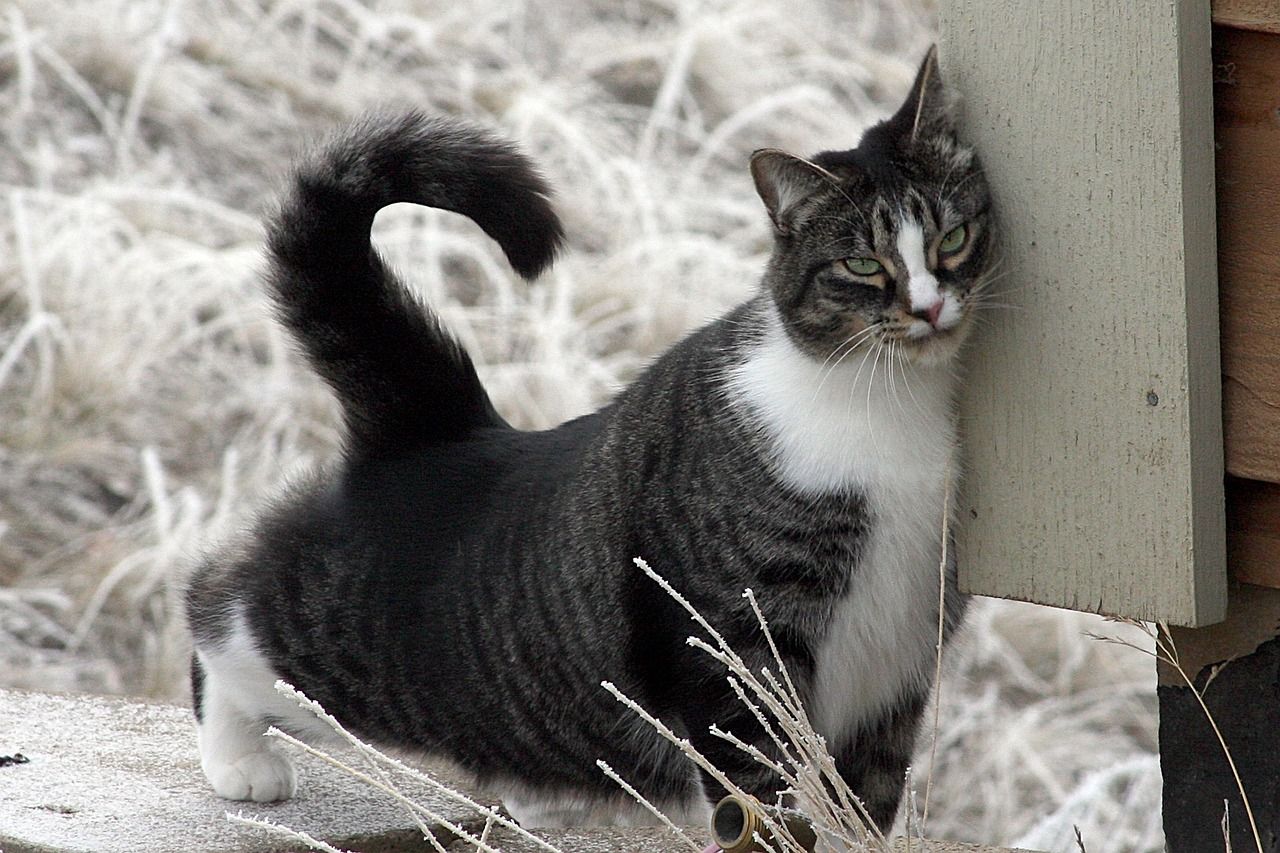
Science Behind Rubbing:
These pheromones are generally calming and signify to other cats that the area is a safe space, claimed by a non-hostile cat. It is often considered a "friendlier" form of marking compared to spraying.
Scratching:
It’s more than just a manicure session.
If you've ever been frustrated by your cat's incessant need to scratch your furniture, you'll be interested to know that it's not just about keeping their claws sharp. Cats have scent glands in their paws. When they scratch a surface, they're not just physically marking it by leaving visible scratch marks; they're also leaving a scent mark.
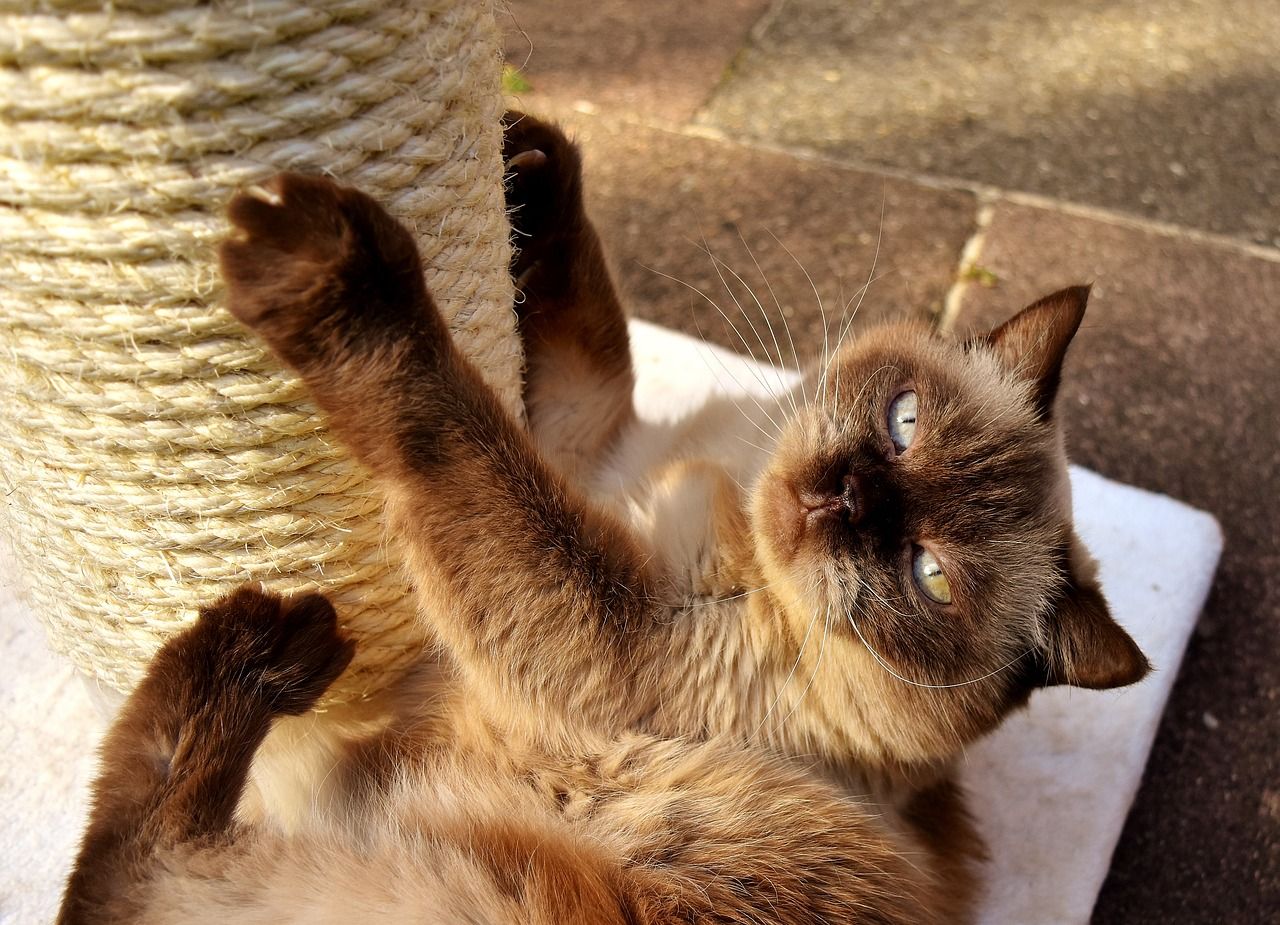
Science Behind Scratching
The act of scratching serves dual purposes. The visible marks serve as a visual cue to other cats that the territory is claimed, and the scent adds an additional layer of information, like who it was that made the marks and when.
Why Do Cats Scent Mark?
Let's dig into the motivations behind these behaviors:
- Communication: Imagine you’re at a party, and you don’t speak the language. Wouldn’t you try to communicate through gestures or facial expressions? Well, cats do the same thing, except their form of expression is far more fragrant!
- Territoriality: Ever introduced a new pet and found your old cat has suddenly taken to scent marking like a graffiti artist? This is their way of saying, "Hey, this is my turf, okay?"
- Emotional State: Sometimes, scent marking is all about comfort. Leaving familiar scents around their environment helps cats feel secure and safe. So if you see them scent marking, it’s like them carrying around a cozy blanket.
Common Areas Cats Choose for Scent Marking
Ah, the ‘where’ in the scent marking equation! Cats often choose strategic places to maximize the impact of their message. You’ll often find scent marks:
- In corners of rooms—it's like putting up a billboard at a busy intersection.
- At doorways—consider it the feline equivalent of writing a welcome (or not-so-welcome) message.
- In busy areas like the living room—because what’s the point of a message if no one’s around to “read” it?
Difference Between Scent Marking and Inappropriate Elimination
Defining Inappropriate Elimination
Ah, the taboo subject. If your cat is doing its business outside the litter box, it might not always be about scent marking. Medical issues like urinary tract infections or behavioral issues like anxiety could be the culprits. So before you jump to conclusions, rule these out.
Differentiating Between the Two
Spotting the difference can be tricky. Generally, scent marking tends to be on vertical surfaces, while inappropriate elimination is usually on horizontal ones. And the volume of the "liquid" is typically less when it's a mark. But when in doubt, always check with your vet. They can perform tests to rule out any medical issues that may be causing this behavior.
How to Prevent and Control Scent Marking
Non-medical Solutions
Before diving into medical interventions, let's explore simpler solutions. How about adding more scratching posts or applying feline pheromone sprays? Scratching posts act like communal bulletin boards where your cat can leave messages. Pheromone sprays, like Feliway, mimic natural cat pheromones and can make your pet feel more secure, reducing the need for marking.
Medical Solutions
For some cats, medical treatments like anti-anxiety medication or hormonal treatments might be necessary. These are last-resort solutions and should be considered only after consulting with a vet.
When to Consult a Veterinarian
If you've tried everything and your cat still resembles a mini fire hose, then it’s time for a vet visit. Unexplained changes in behavior can sometimes signal underlying medical issues that you shouldn't ignore.
Common Myths About Cat Scent Marking
Contrary to popular belief, scent marking is not a "bad habit" or something that only tomcats do. Both genders indulge in it, and it's not always about claiming territory. Sometimes it's about leaving "status updates" for other cats or even for themselves.
The Evolutionary Significance of Scent Marking in Cats


From Wild to Domesticated
Your cat’s wild ancestors, like lions and tigers, also use scent marking to communicate. And while Fluffy isn't marking out a savannah, the behavior serves similar purposes even in the safety of your living room.
Scent Marking and the Social Dynamics of Cats
In the wild, scent marking can actually reduce conflicts. By marking their territory, wild cats can avoid unnecessary encounters with rivals. Your domestic cat is drawing from this millennia-old playbook!
Feline Pheromones: The Chemical Language
Pheromones are complex chemical messages, a sort of Morse code that only cats understand. Each scent carries a bundle of information—kind of like an olfactory social media post. Researchers are still deciphering these, but what’s clear is they play a big role in how cats see their world.
Product suggestions for Cat Spraying
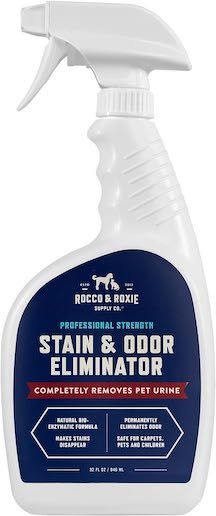
Rocco & Roxie Stain & Odor Eliminator for Strong Odor
- Certified Safe & Gentle
- Eliminates Stains & Odors
- Enzyme Activated
- Multi-Surface Use
- Child & Pet Friendly
- Carpet & Rug Institute Approved
- 100% Satisfaction Guarantee
- Laundry Compatible
- Concrete & Tile Safe
- Hardwood & Laminate Safe
- Easy-to-Follow Directions
- Deep Penetration Formula
Product suggestions for Cat Scratching
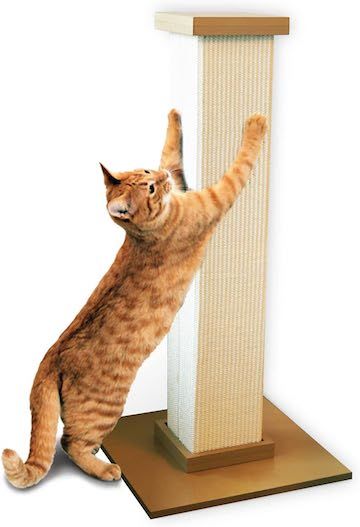
SmartCat Ultimate Scratching Post
- Durable Sisal Fiber
- Tall & Strong Design
- Reduces Furniture Damage
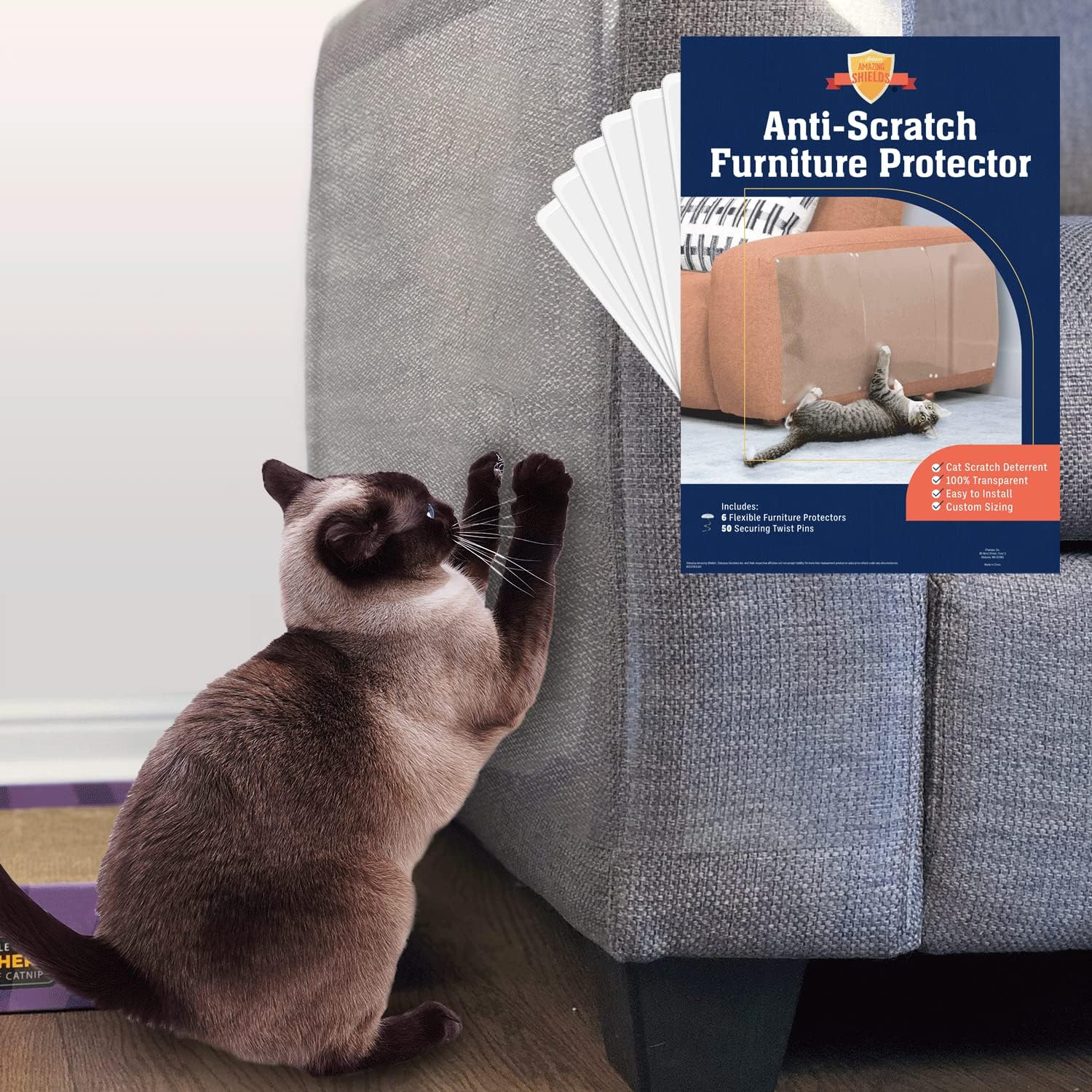
Cat Scratch Furniture Protector - Pack of 6
- Discourages Scratching
- Protects Upholstery
- Easy Installation
- Self-Adhesive Pads
Final Thoughts
Understanding the intricate web of feline scent marking is like learning a new language—one that helps you better connect with your cat. Once you recognize why your cat marks, how to manage it, and what it all means, you'll find yourself not just a pet owner but a conversational partner in this strange yet fascinating form of feline communication.
FAQs About Cat Scent Marking
Why is my older cat suddenly scent marking?
Sudden changes in scent marking behavior, particularly in older cats, could indicate various issues. Your cat might be responding to a new environmental factor, such as a different pet or human in the home. However, if this behavior change occurs abruptly and without an apparent cause, it would be wise to consult a veterinarian to rule out any medical issues like urinary tract infections or other ailments that might be triggering this behavior.
Can scent marking be a sign of illness?
While scent marking is generally a normal feline behavior, excessive or unusual marking could indicate a medical issue. For example, if your cat is spraying a lot more than usual, this could be a sign of a urinary tract infection, bladder stones, or even stress. Therefore, any sudden or drastic change in scent marking behavior warrants a vet visit for proper diagnosis and treatment.
Does neutering or spaying affect scent marking?
Yes, neutering or spaying can significantly reduce scent marking behavior, particularly spraying. This is especially true if the procedure is performed before the cat reaches sexual maturity. However, it's worth noting that some adult cats might continue to scent mark after being neutered or spayed, though usually at a reduced frequency.
Do both male and female cats engage in scent marking?
Yes, both male and female cats engage in scent marking, though the behavior may be more pronounced in males. Both sexes have glands that produce scents for marking, and both will use this form of communication for various reasons, such as establishing territory or signaling availability for mating.
Will adding more litter boxes reduce scent marking?
It can help. In multi-cat households, adding more litter boxes can reduce the likelihood of scent marking as a form of territory establishment. The general guideline is to have one more litter box than the number of cats in the house. Providing each cat with its "personal" space can lower tension and thus reduce the need for aggressive scent marking.
Is it possible to train my cat to stop scent marking?
Training a cat to stop scent marking can be a challenging and time-consuming process. Reward-based strategies like treats and affection for non-marking behavior can help. However, it's often more effective to address the root causes, like stress or territorial disputes with other pets, to find a long-term solution.
